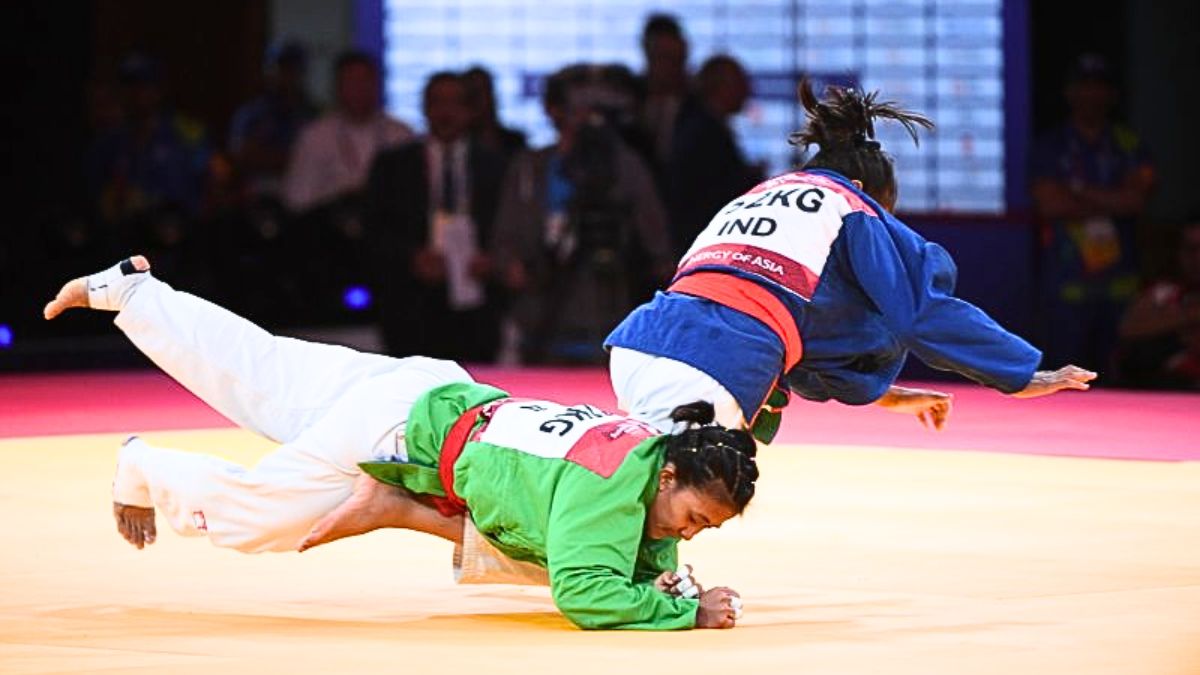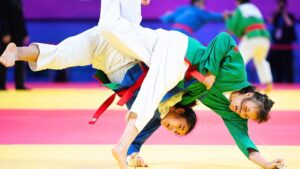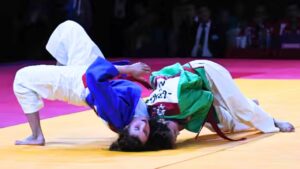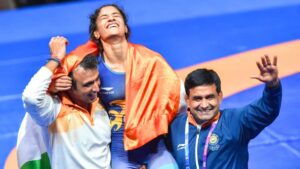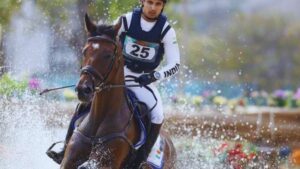India is dedicated to demonstrating its traditional martial arts proficiency on the continental arena, as evidenced by the nation’s history in Kurash at the Asian Games. India has been an active competitor ever since Kurash, a Central Asian wrestling style with extensive historical origins, made its Asian Games debut in 2018.
Also Read: Asian Games 2023: India’s Squad of Ju-jitsu
India debuted in the Kurash competitions in 2018 at the 18th Asian Games, which were held in Jakarta, Indonesia. Kurash, which is noted for emphasizing throws and grappling skills, offered Indian players a special chance to showcase their power, skill, and sportsmanship.
Even if initial medal success was elusive, Indian Kurash athletes showed their commitment to learning this age-old sport. India has significantly improved its position in Kurash since its first appearance at the Asian Games.
In order to gain great expertise, athletes have rigorously practiced Kurash skills and competed in numerous international competitions. Following Asian Games competitions, athletes have shown encouraging signs of growth due to their dedication to improving their talents.
Kurash provides India with a platform for athletes to participate at the continental level while also fostering cross-cultural understanding. Kurash is a sport with strong Central Asian roots, and Indian athletes who compete in it have embraced its cultural significance, forging connections with other Asian competitors who also compete in the sport.
Even though India hasn’t won a medal in Kurash at an Asian Games yet, its athletes are keen to succeed in this event. Their commitment, together with continuous assistance and financial backing for conventional martial arts, portends well for India’s Kurash chances in Asia.
Finally, India’s success in Kurash at the Asian Games demonstrates the country’s dedication to safeguarding and promoting its rich martial arts heritage. India’s participation in Kurash demonstrates its commitment to this historic wrestling style and its determination to succeed on the continental arena, even though medal achievement may still be a work in progress.


